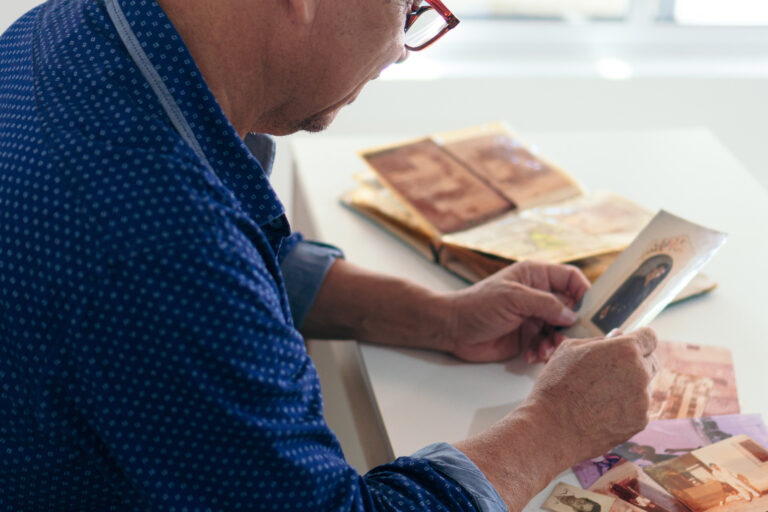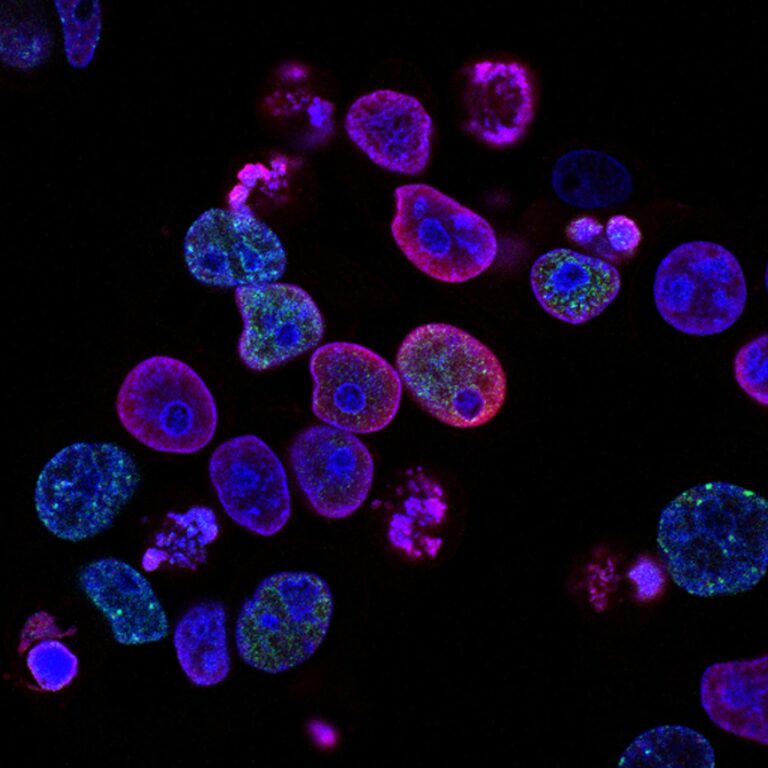Handling and washing laundry contaminated with bodily fluids requires careful attention to prevent the spread of infections and ensure safety for both the handlers and users of the linens. Here’s a straightforward guide on how to do it safely:
First, it’s crucial to identify and separate contaminated linens immediately. This means setting aside any items that have come into contact with blood, vomit, or other bodily fluids. These items should be placed in a secure, leak-proof bag to prevent any leakage or exposure during transport. Water-soluble laundry bags are particularly useful as they can be loaded directly into the washing machine without needing to be opened, reducing the risk of direct contact with contaminated materials.
When it comes to washing, hot water is essential. The water should be at least 71°C (160°F) to effectively kill bacteria and viruses. Using the right detergent and disinfectants is also important to ensure that the linens are properly sanitized. It’s advisable to use a two-stage wash process in healthcare settings: the first stage removes soil, and the second stage disinfects the fabric to eliminate any remaining pathogens.
Avoid overloading the washing machine, as this can hinder the cleaning process and lead to insufficient disinfection. After washing, ensure that the linens are rinsed thoroughly to remove any detergent or chemical residue. Proper drying is also critical; under-drying can lead to damp linens, which provide an ideal environment for bacteria and fungi to grow, posing a risk to patient safety.
In addition to these steps, it’s vital for handlers to practice good hygiene. This includes wearing personal protective equipment (PPE) when handling contaminated linens and practicing hand hygiene before and after removing PPE. By following these guidelines, you can ensure that contaminated laundry is handled and washed safely, reducing the risk of infection and maintaining a clean environment.





